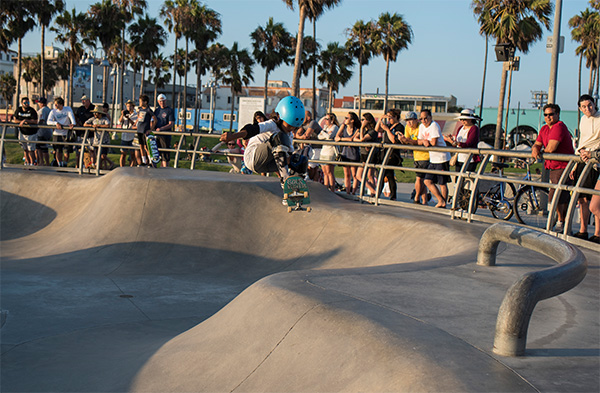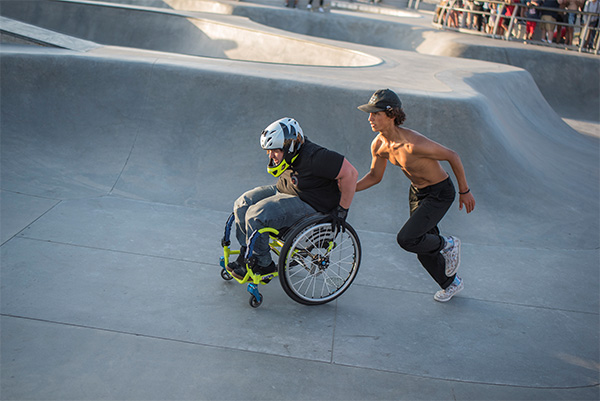Lens of the Month
Tamron's SP 45mm F/1.8 Di VC Lens (F013)
By Armando Flores
When I started photography back in the day, the lens choices were much more simple. Zoom lenses were few and far between and their image quality did not compare to that of prime lenses. Along came computers to aid in both the optical and mechanical design making vast improvements in zoom lenses. Most zoom lenses will now rival the image quality of most prime lenses and they are a lot more versatile making zoom lenses the obvious choice. Like most photographers, I will carry one zoom lens instead of two or three primes. However, I have seen the trend being reversed in the past few years and prime lenses have become popular once again.



In my opinion, the 45mm lens is a mislabeled and misunderstood focal length. Since the beginning, we have been told that the 50mm lens was the standard focal length. If we look at this closely we find that the human eye has a central vision (the in focus part) of around 60 degrees. This is the equivalent of 43mm in focal length making the 45mm lens closer than the 50mm as a standard.


So with that in mind, I decided to challenge myself. On my last trip, I walked around two cities in one day using only the Tamron SP 45mm f/1.8 lens. My day started in downtown Chicago at around 9:00am and ended in Venice, CA at around 8:30pm. Using only one lens made this a little difficult at first, since I wanted to zoom my lens and not move my feet, but after a few hours this became very familiar to me. Having only the 45mm lens also forced me to slow down and really look at what was in front of me. I believe that the advantages of a prime lens outweigh the disadvantages. The 45mm at f1.8 is 1 1/3 stops faster (larger aperture) than my 24-70mm f/2.8 and 2 stops faster than my 28-300mm f/3.5 (both excellent lenses). The larger aperture coupled with VC and added resolution allows me to use the 45mm lens hand-held in poor light conditions at a lower ISO range and still have the ability to crop my photos. Some people might argue that a standard or a wide angle lens does not really need VC, but the ability to use a lower ISO gives you better image quality and isn’t that what we’re all striving for anyway.


